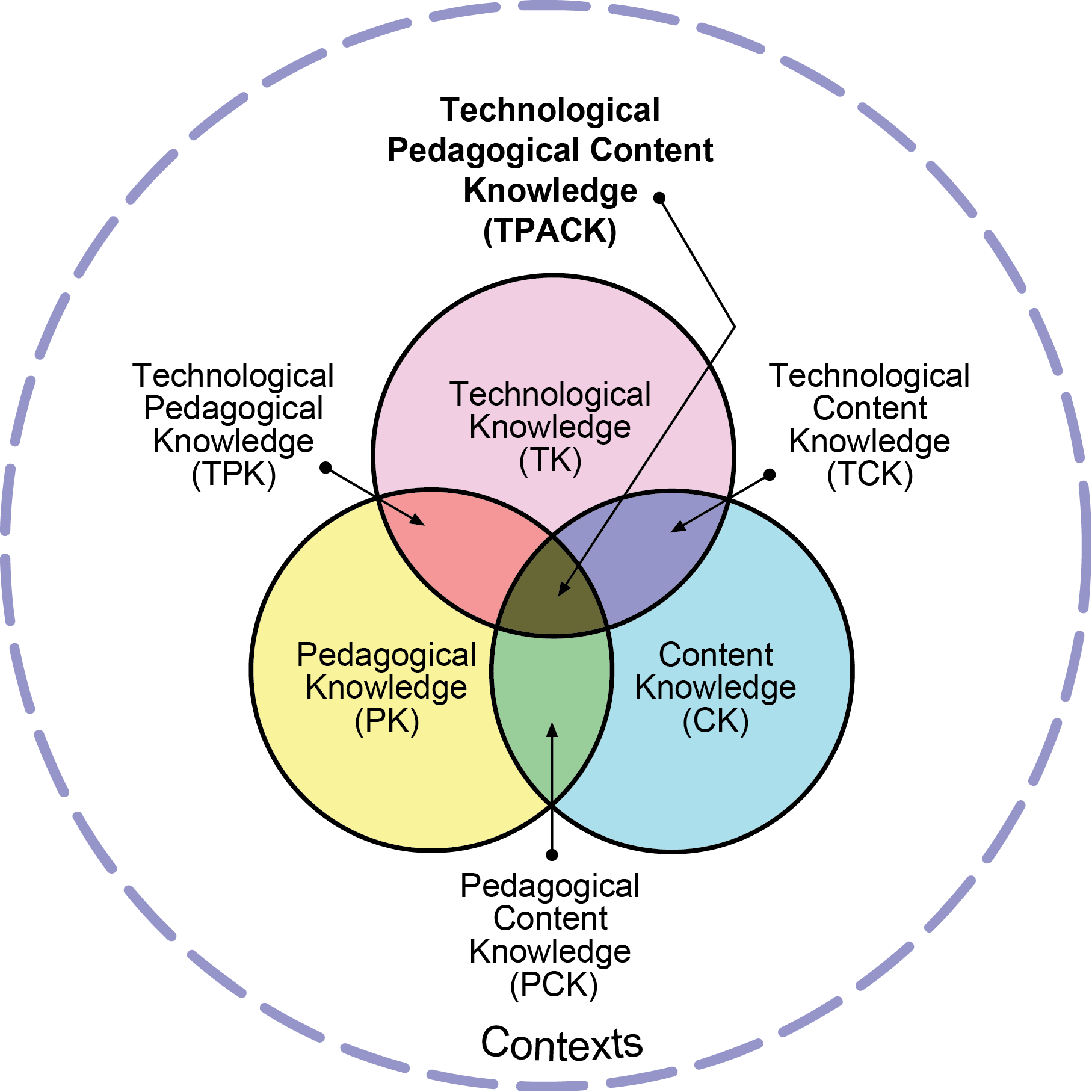In education the path to leadership differs. You often prove yourself as a teacher and then are hired to lead teachers.

Except when that doesn’t happen.
And goodness forbid education changes.
To become a principal requires a prerequisite of degree(s) and experience. So the decision to pursue a principalship is an intentional act in advance of full knowledge of the job. It stands to reason that even those educating future leaders, hiring future leaders might miss the mark from time to time.
Are some leaders recoverable or do they need to be moved out of their school? To decide that one must know which part is the challenge and if the principal can overcome that challenge.
Education Changes, Rapidly
In this time of rapid change, how many principals settled in to one idea and then had to deal with a different reality?
Before moving into my district’s technology department I was using an overhead projector in my classroom. My subject was a low priority in my school, but I watched others due to their Language Arts or Mathematics subjects misuse and ignore the technology hoisted upon them. Not many principals have been hired in my district in my duration within the Technology Department, however, I do wonder how many of them come in with only overhead mark on their hands. These leaders absent experiencing the transformational power of educational technologies are ill-equipped to lead their buildings.
Technology is hardly the only changing component of a building leadership in education, but it is the most rapidly changing element. Technology evolves at a rate not dependent on a school year cycle, not controlled by the state, and certainly independent of budgets of districts/schools/students. So technology requires true leadership with a thorough understanding of the magnitude of undertaking the future-proofing the classroom.
Current Principals Make Similar Mistakes
The elementary mistakes leaders make include not being able to tell the difference between a technology-rich classroom and a blended learning environment. Blended learning environments extend the time and place of the learning, controlled by the learner. Technology-rich classrooms may allow for access outside of the classroom or class time, but the focal point is that the time that students are in the classroom they had access to much technology. A blended learning environment may include a technology-rich classroom, but a technology-rich classroom does not equal a blended learning environment.
A blended learning environment may include a technology-rich classroom, but a technology-rich classroom does not equal a blended learning environment.

https://www.matt-koehler.com/tpack/tpack-explained/
The sophomoric mistakes principals make include purchasing inappropriate hardware/software. When leaders allow Technical Knowledge to overtake Content and Pedagogical Knowledge the TPACK balance is thrown off. Without equal participation from the content and the pedagogy the technology leads and teachers will wonder why they are using a certain technology. Technology does not teach children, teachers do. And leaders do not want teachers wondering if they are being replaced by technology or asking why money is being spent on technology that does not meet a content and/or pedagogical need.
The advanced mistakes principals make are especially hard to watch because they often deny optimal learning formats.
Principals presently do not typically have background knowledge in online learning in K12. Student selection criteria for online courses sometimes are treated in a similar fashion to filling a Physical Education course, a place to put a student who needs a schedule filled out. There should be a more significant vetting of online student success characteristics applied than just a schedule change.
Unknowingly, some principals steal time from student’s teachers by compelling them to spend time in faculty meetings when information could better be delivered via email. Attendance is valued as the ultimate compliance over the goal of dissemination of knowledge.
In Order to Lead the Tech Savvy…
A strong commitment to pedagogy and/or content is something principals should count on accumulating during their educational careers. Technology folds into that commitment through TPACK, but the mindset of technology in education is a little more complex than just balancing it with content and pedagogy. To be a technology savvy leader requires a risk-taking mindset. Teachers with technology-rich classrooms and/or blending their classrooms demonstrate these risk-taking characteristics which include openly sharing accumulated knowledge and experiences, the ability to function as a facilitator and not the hardware/software expert in situations with students, and willingness to try new techniques in class with the thought that they may end up demonstrating perseverance if/when the lesson does not go as planned. Principals need to practice these behaviors often to become the type of risk takers which can support their most technology savvy teachers.
There are so many great leaders in the teaching ranks. A model with in-service teacher leaders would overcome the gap in technical disconnect. Hopefully this disconnect at the building leader level is a generation, temporary issue.






Leave a Reply